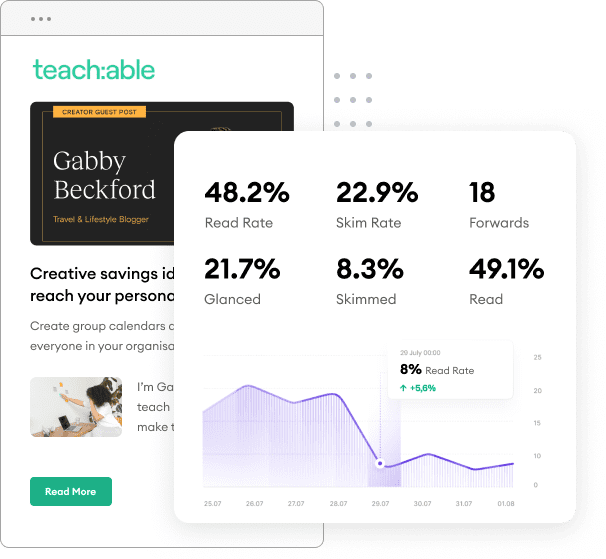A workflow can be summed up in one phrase. They can save you a ton of time! Specifically, a workflow is a sequence of actions that are automated based on set criteria. This criterion is usually established by a prospect’s behavior and/or data your business has collected on that individual. A workflow can be built using the Pardot Engagement Studio tool.
This tool is a visual workflow builder that allows a number of actions to be automated such as sending emails, updating fields, adjusting prospect score, and more. While the most common type of workflow is client-facing, they can also be used for internal efforts, such as setting notifications and updating custom fields via Salesforce.
Based on your prospects’ activity, you can automate actions like sending email autoresponders. Pardot’s Page Actions are meant to “flag” priority pages on your website. You can also set Completion Actions within these Page Actions that tell Pardot to kick-start an automated activity when this page is visited.
If you’re a content marketer, Pardot’s Page Actions are going to be a dream come true. This tool will allow you to mail more relative communication to prospects who have visited content offers.
For example, a contact visits your blog The Best Snacks to Have with Peanut Butter. By using Pardot’s Page Actions you can automate an autoresponse email linking to your related blog Top Peanut Butter Desserts for the Holidays.
**Note: Keep in mind that page actions do not work if you do not have a website tracking code from Pardot present on your website.
This type of workflow is exactly as it sounds. The idea is to nurture prospects over time to introduce your company and offer value. New leads may not be ready to commit to your company’s product/service, but by nurturing them you stay top of mind. Nurture workflows typically have three objectives
Create Awareness: Introduce your company and its products/services. What makes your company special? Why choose your products/services over the industry leaders?
Offer Value: Share valuable content that will resonate—blog posts, case studies, white paper, etc. Offering valuable resources helps creates trust.
Convert: Converting the prospect is the most important objective in a nurture workflow. A prospect converts to a lead or contact once they’ve requested more information in one form or another. Examples include inquiring on a web form, creating a membership, starting a free trial, etc. This signifies a point of interest or sale.
Creating additional opportunities for your company can be easily automated with Pardot’s dynamic list and engagement studio tools. If you’ve ever heard the expression “data is key”, here’s a great example of why it matters. Dynamic lists are emails list that can automatically populate based on criteria.
Furthermore, these auto-populated lists can be entered into engagement programs, which automatically filter contacts through a workflow. Companies can use these Pardot features to cross-sell or upsell to their market segments.
For example, by creating a dynamic list based on recent customers who have purchased a lawnmower you can automate an email series showcasing your top grass seed brands.
Workflows can vary in size and complexity. If it’s your first time with a marketing automation tool like Pardot the set-up and launch of the Engagement Studio may be overwhelming. Just remember to take a step back and always keep in mind what the ultimate goal is — get more help on building Pardot campaigns.
If you have started to play around with Pardot’s Engagement Studio, you’ve probably realized the three different options when building the steps to your workflow—Action, Trigger, and Rule.
An action is an activity Pardot’s Engagement Studio is taking internally or towards your prospect. Some examples include adding a prospect to a list, applying tags, and sending an autoresponder email.
A trigger is an activity your prospect has taken in which you are looking to track. Triggers can consist of tracking email opens, clicks, form submissions, landing page visits, and more.
A rule is checking for internal data you have on your prospect. Rules include checking if they have a custom field, if they’re a member of a list, if they have a certain score, and more.
Both a trigger and rule can be used to build out different “yes” and “no” paths within your workflow. Get more hands-on with an Engagement Studio webinar.
